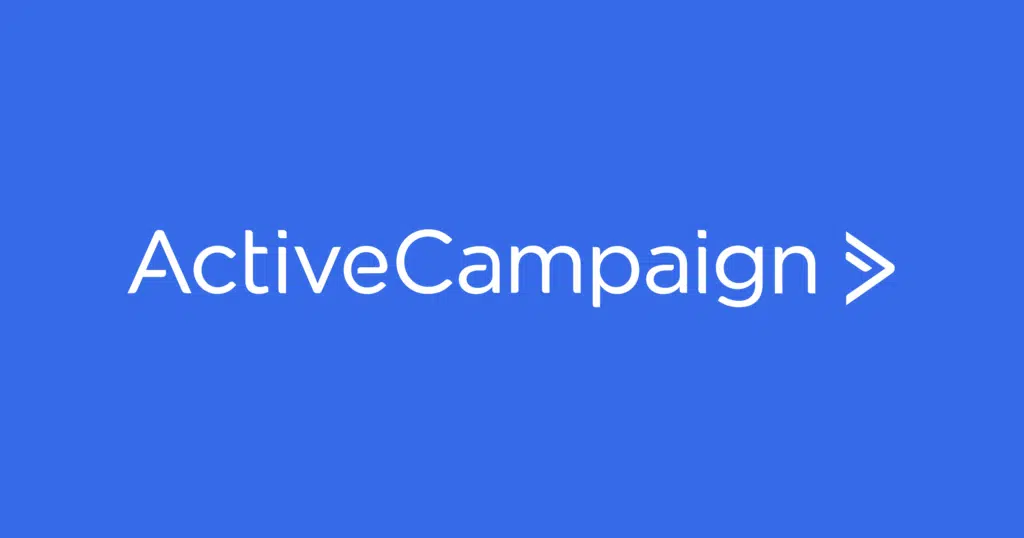It’s no secret that ActiveCampaign is one of the most popular tools on the market. But what happens when you’re using another tool and want to migrate your data over? In this blog post, we’ll show you how to successfully migrate your data from your old tool to ActiveCampaign. We’ll also provide some tips on what to do (and what not to do) during the process. So whether you’re new to ActiveCampaign or are just looking for a better way to manage your data, this blog post is for you.
Now let’s get started!
What does migration from ActiveCampaign entail?
First, you have to plan for the migration. You need to decide what data you want to move over, how you’re going to move it, and what tool you’re going to use to do it. There are a few different ways to migrate your data, but we recommend using the ActiveCampaign Data Migration Tool. It’s easy to use and will help ensure that your data is transferred correctly.
There are a few things you’ll need to migrate when switching over: your database (Contact, Deal, and Account Records), custom field structures, content (Email Templates), any nurture sequences or auto-responders you previously had set up, and your sales pipeline.
When planning how to integrate ActiveCampaign with your Salesforce Custom Objects, you’ll need to map them out in a way that makes sense for your business. There are a number of good options for relational data structures. After you’ve decided how you want to structure your data, the next step is to select a migration tool.
There are a few different options when it comes to migration tools. We recommend using the ActiveCampaign Data Migration Tool because it’s easy to use and will help ensure that your data is transferred correctly.
There are a few things you’ll need to take into account when migrating your data over to ActiveCampaign. First, you’ll need to export your data from your old tool in a CSV file. Once you have your CSV file, you can import it into ActiveCampaign using our easy-to-use import tool.
You should also be careful when you migrate. It is advised to start to process when your current subscription still has a couple of months’ worth of time.
Migration Process
Generally, it follows this order. 1. Setup Custom Fields. 2. Conduct an initial Data Migration without subscribing anyone to a list just yet. Ensure no automation is turned on. 3. Import email templates. 4. Set up auto-responders. 5. Set up your web forms in ActiveCampaign. 6. Subscribe your customers to a list. Star with some small batch sending, to ensure your sender reputation is of high quality, and there are no issues with switching servers.
MIGRATION TIPS: HUBSPOT
The migration from HubSpot to another system is one of the easiest processes. The mapping exercise between systems is comparable. The Deals Pipeline, too, is a similar process.
Create a Deals Pipeline in ActiveCampaign, with all necessary Custom Fields. You’ll want to be familiar with the “Deal Import” option in ActiveCampaign when it comes to Hubspot Migrations. There are a few nuances to be aware of, such as the “Products” choice. A deals pipeline, or Custom Objects, can be used to replicate the “Products” section of ActiveCampaign.
MIGRATION TIPS: MAILCHIMP
Migrating to ActiveCampaign from Mailchimp is quite simple since it’s primarily an Email Marketing Software.
You may quickly import data into the ActiveCampaign Contact Layer. If you have Email Templates and Nurture Journeys, as well as Forms, they’ll also need to be migrated. It’s recommended that you rebuild your emails in the ActiveCampaign Builder.
Lastly, take note of where your contacts are in the Automation Sequence. If you find this process to be too complicated, seek help. We term it as “Stepping” contacts into the nurture sequences so that their data is migrated over thoroughly and gradually. It’s important to keep in mind that for Subscribers, the best practice is NOT to import any unsubscribers into ActiveCampaign.
MIGRATION TIPS: SALESFORCE AND COMPLEX SYSTEM
ActiveCampaign is an extremely powerful and clean CRM system that beats most other all-in-one systems.
However, If you’re already using Salesforce, Microsoft Dynamics, or Netsuite though, it might be a better idea to integrate ActiveCampagn into those.
You might want to integrate ActiveCampaign if you’re looking for a lead nurturing and email marketing add-on, rather than doing a full migration.
There are many reasons why a company should choose ActiveCampaign for its Lead Management system. It’s the most popular choice among Salesforce users, with over 90 percent of them choosing ActiveCampaign instead of Pardot. If you have an opportunity to completely migrate into ActiveCampaign, the first thing you’ll want to think about is Custom Objects.
ActiveCampaign’s custom objects are a beneficial, continually developing feature that makes ActiveCampaign the best CRM tool on the market.
WAYS TO GET HELP WITH YOUR MIGRATIONS
You can usually handle most migrations by yourself, with a few guides and articles to help you out. ActiveCampaign offers migration services too on some of their higher-tiered plans if you’re interested.
Here are three final essential tips to help ensure a successful start with ActiveCampaign: clean your data, plan your migrations, and use proper taxonomy and custom fields. This will assist you in keeping your new system more organised from the get-go!
Cleaning your data means taking the time to ensure that all of your contacts are accurate and up-to-date. This might include removing duplicates, updating any inaccurate contact information, and segmenting your lists into groups that make sense for your business.
Planning your migration means having a strategy for how you’re going to move your data from one system to another. This includes deciding which data you need to migrate, what order you’re going to migrate it in, and what methods you’ll use to do so.
Using proper taxonomy and custom fields means taking the time to set up your ActiveCampaign account in a way that makes sense for your business. This includes creating custom fields for any data you want to track, and organising your contacts into lists or segments that you can use to target your marketing.
Doing all of this before you start migrating your data will make the process much smoother and less stressful. It will also help you avoid any potential problems down the road.
If you need any assistance with your migration, ActiveCampaign offers a wide variety of resources to help you, including:
–The ActiveCampaign Knowledge Base: This is a great place to start if you have any questions about how ActiveCampaign works or if you need help with a specific issue.
–ActiveCampaign University: This is an online learning platform that offers video tutorials, webinars, and other training materials to help you get the most out of ActiveCampaign.
–The ActiveCampaign Community Forum: This is a great place to ask questions, share tips, and connect with other ActiveCampaign users.
–ActiveCampaign Migration Services: If you’re interested in having ActiveCampaign handle your migration for you, they offer a variety of services to help you get started.
With these resources at your disposal, you should have everything you need to successfully migrate to ActiveCampaign. So what are you waiting for? Get started today!


